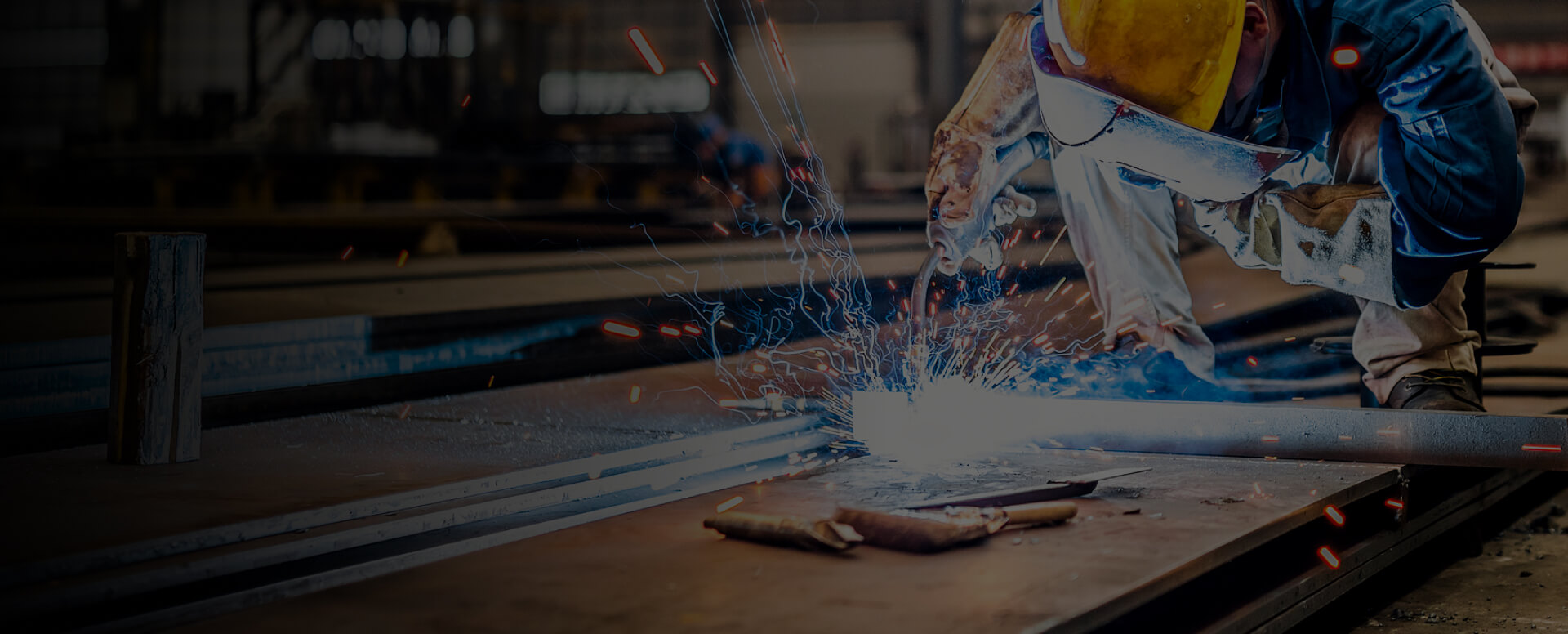
MIG welding, also known as Gas Metal Arc Welding (GMAW), is widely used across industrial and hobby applications due to its versatility and ability to join a variety of metals. However, some metals—including titanium alloys—pose challenges due to their reactive nature and other inherent properties.
Commonly MIG-Welded Metals
1. Steel and Its Alloys
Steel, primarily composed of iron and carbon, is one of the most frequently welded materials using MIG. Its weldability, strength, and cost-effectiveness make it ideal for structural, automotive, and tool-making applications. Common types include:
2. Carbon steel
High-strength low-alloy (HSLA) steel
3. Tool steel
Shielding gas—typically a mix of CO₂ and argon—is crucial for achieving quality welds.
4. Aluminum and Its Alloys
Aluminum is valued for its light weight and corrosion resistance. It is commonly used in aerospace, automotive, and marine industries. Welding aluminum requires pure argon shielding gas and specific aluminum filler wires. Common alloys include: 6061 (known for strength and versatility)、5052 (prized for corrosion resistance)、7075 (high-strength aerospace alloy)
5. Stainless Steel
Stainless steel offers corrosion resistance and is often welded with MIG. Key types include: Austenitic (non-magnetic, high chromium/nickel); Ferritic (magnetic, high chromium, low carbon);
Duplex (mixed austenitic-ferritic structure)
Other Weldable Metals
Additional metals suitable for MIG welding include:
Magnesium (lightweight, automotive uses)
Copper and copper alloys (high electrical conductivity)
Silicon bronze (strength and conductivity)
Metals That Pose Challenges in MIG Welding
Not all metals are well-suited to MIG welding. Certain characteristics can make the process difficult or ineffective.
Reactive and Refractory Metals
These metals react strongly with contaminants or have very high melting points:
1. Titanium: Highly reactive to oxygen and nitrogen; requires immaculate conditions and often specialized processes like TIG.
2. Tantalum: High melting point and oxidation tendency complicate MIG welding.
3. Zirconium: Reactive and sensitive; demands contamination-free environments.
Metals with High Thermal Conductivity
Rapid heat dissipation makes it hard to achieve good fusion:
1. Copper: Demands high energy input and preheating.
2. Silver and Gold: Not typical for MIG; high heat dispersion challenges arc stability.
Why Some Metals Are Difficult to Weld with MIG?
Chemical Properties and Reactivity
Alloying elements (e.g., sulfur in steel) can cause hot cracking. Oxidation (e.g., on aluminum's surface) must be removed to prevent weld contamination. Impurities like phosphorus or sulfur may result in brittle welds.
Physical and Mechanical Properties:
High melting points (e.g., tungsten) exceed typical MIG capabilities. Excessive thermal conductivity disrupts proper melt pool formation. Low ductility can lead to cracking under thermal stress.
Thermal Effects and Distortion
1. Heat-Affected Zone: Microstructural changes may weaken the metal.
2. Warping: Uneven heating/cooling causes deformation, especially in thin sheets.
3. Residual Stress: Internal stresses post-welding may lead to cracking over time.
Conclusion
While MIG welding is effective for many metals—including steel, aluminum, and stainless steel—it is less suitable for reactive, refractory, or highly conductive metals like titanium, tantalum, and copper. Understanding material properties and their interaction with the MIG process is essential for achieving strong, durable welds.
Related Articles

What Materials Are Not Suitable for Plasma Cutting?
Materials Suitable and Unsuitable for Plasma CuttingPlasma cutting is a process that uses an accelerated jet of hot plasma to slice through electrically conductive materials. While it excels with metals like steel, aluminum, brass, and copper, it is not suitable for non-conductive substances such as

Plasma Welding: Applications, Benefits, And Industry Use Cases
Plasma welding is widely used in industries such as aerospace, automotive, and electronics due to its ability to deliver precise and high-quality welds.History and Development of Plasma WeldingThe quest for effective material joining has driven innovation for centuries. Welding, in its many forms, h

TIG Welding: Key Drawbacks And Comparisons with Other Methods
TIG Welding: Key Drawbacks and Comparisons with Other MethodsTIG (Tungsten Inert Gas) welding, also referred to as GTAW (Gas Tungsten Arc Welding), is known for producing high-quality and precise welds. However, it comes with notable limitations, including high skill requirements, slower operating s

Why Is Overhead Welding Considered The Most Challenging Position?
Due to issues with accessibility and the effect of gravity, overhead welding is widely regarded as the most difficult welding position.Overview of Welding PositionsWelding positions define the orientation of the weld relative to the workpiece and significantly influence both the ease of welding and

Can MIG Welding Produce Strong Welds?
Yes, MIG welding is capable of producing strong and durable welds when performed correctly using appropriate techniques and parameters.Factors Influencing MIG Weld StrengthMIG (Metal Inert Gas) welding is valued for its versatility and efficiency. The strength of a MIG weld depends on several key fa

What Kind of Welding Is The Most Difficult on The Market?
Understanding Welding Processes and Key ChallengesWelding encompasses a variety of techniques, each suited to specific applications and materials. Among these, Gas Tungsten Arc Welding (GTAW), also known as TIG welding, is often regarded as one of the most challenging due to its high demand for prec

